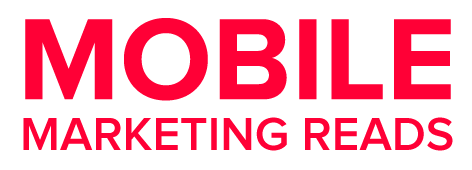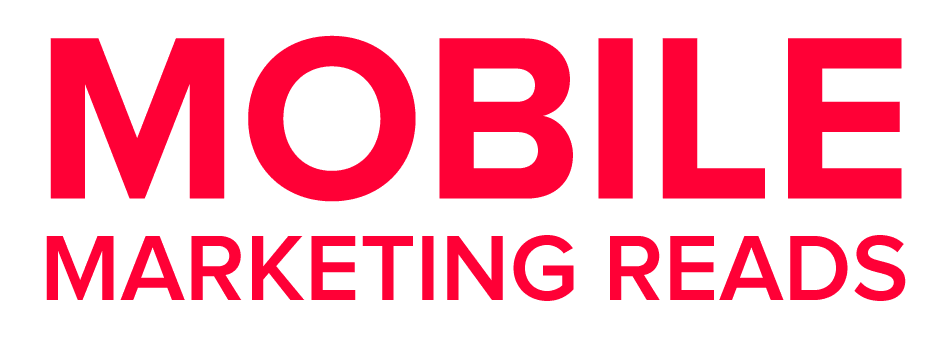The Association of National Advertisers’ (ANA) latest Q3 2025 Programmatic Transparency Benchmark reveals that programmatic advertising has reached a new level of efficiency and accountability, with 99.1% of impressions now running in low-risk environments and a sharp rise in working media efficiency across web, mobile, and connected TV (CTV) channels.
According to the report, marketers recovered $13.6 billion in value this year as “working media” — the share of ad spend reaching publishers — rose from 36% in 2023 to 47.1% in Q3 2025. The improvement is linked to lower supply-side platform (SSP) fees, reduced exposure to made-for-advertising (MFA) sites, and stronger supply path optimization.
CTV now accounts for 45.6% of all programmatic spend, highlighting the medium’s growing dominance despite persistent measurement challenges. The ANA data shows non-measurable impressions in CTV fell from 28% to 9.2%, while verified “TrueImpressions” rose to 76.3%. Median transaction costs also declined, with seller revenue increasing to 74%, indicating more ad dollars are reaching media owners.
The benchmark’s new Brand Safety and Suitability metrics — developed in collaboration with contextual AI firm Mobian — show minimal risk exposure: 99.1% of programmatic spend occurred in low-risk environments, and only 1.6% of impressions were linked to negative sentiment. The findings mark the first standardized cross-industry dataset integrating brand safety, sentiment, and sustainability measures into programmatic transparency.
Private marketplaces (PMPs) continue to dominate, accounting for 81.6% of all spending, while MFA inventory has dropped to just 0.4% — evidence of the industry’s move toward cleaner, curated supply chains. However, open marketplace activity also rose slightly, suggesting that advertisers are regaining confidence in quality-controlled open exchange environments.
The ANA report emphasizes that transparency is directly improving media value. The TrueAdSpend Index climbed to 39%, supported by declines in SSP costs and consistent quality metrics across channels. Meanwhile, sustainability progress continued, with average carbon emissions per dollar spent dropping from 0.09kg to 0.07kg.
Overall, the Q3 2025 benchmark signals that programmatic advertising is entering a mature, data-disciplined phase. With advertisers focusing on verified inventory, AI-powered contextual analysis, and supply curation, the ANA says the sector is evolving into a “transparent, performance-driven ecosystem” — one that rewards quality, accountability, and measurable outcomes over raw scale.







Comments
Loading…